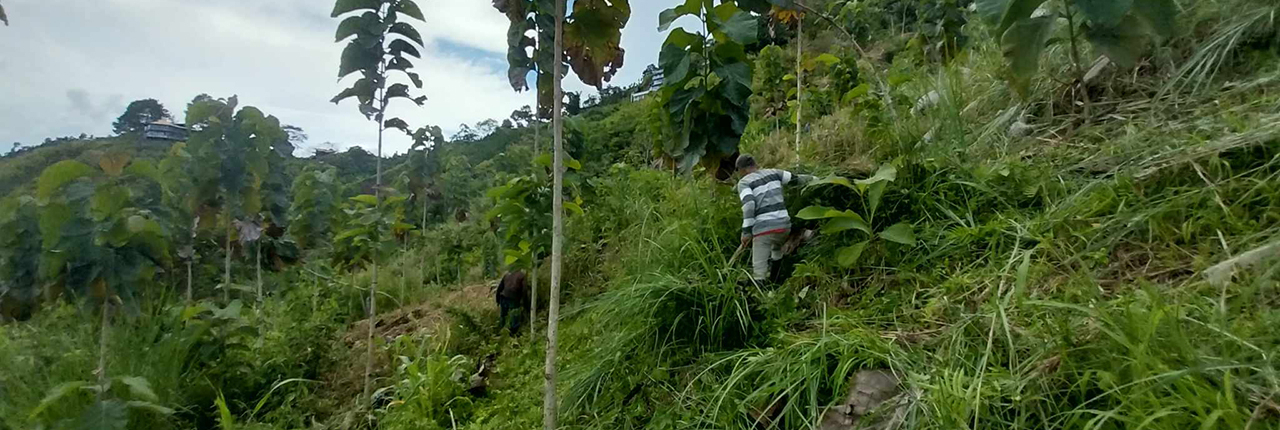The last delivery of teak seedlings for this year in Patagam November 6, 2023. In five weeks, all should be planted, because then the pre-Christmas celebrations begin.
The first mahogany planks were loaded in Monkayo on November 24, 2023. Preparations for further harvests in the first half of 2024 have been completed.
Our small office in Guang Guang National Park is rent-free. We got it from the mayor Michelle Nakpil Rabat because we have planted so many mangroves in Mati and will be planting many more.
A lot of work again. The Guang Guang Nature Park has an area of over 85 hectares in the middle, which will be reforested. We will start collecting the seeds of five different mangrove species before Christmas.
Mangrove activities
There are still 100,000 mangroves in the nursery. These will be planted from mid-January 2024 until the first week of February. But the next Herculean task is already in preparation: reforesting the last open areas in the Guang Guang Nature Park. After that, everything will be fully planted, but our work is far from over, because we still have enough areas for mangroves to restore Pujada Bay to its natural state.
In between, at the beginning of February 2023, we will plant around 9,000 pagatpat mangroves (Sonneratia alba, or apple mangrove), which will grow as close as possible to the artificial reef that will be anchored at the same time in front of the reforestation by the Swiss group RRReefs (www.rrreefs.com). The stamens of the pagatpat mangrove flowers open for just one night to produce green, leathery berries that look like apples. They are imposing trees that grow up to 20 meters high and have a wrinkled bark reminiscent of old oak trees. Many of these old trunks are hollow, but the mangrove trees are nevertheless perfectly healthy and can live for well over 100 years. Their roots are also special, spreading out sideways and forming conical, pore-rich respiratory roots (pneumatophores) that grow upright from the main roots, often over half a meter high, to “breathe”, i.e. to supply the mangrove with oxygen.
As if that wasn’t enough, there is another project in our pipeline, but this will only be tackled once the areas in Guang Guang have been reforested. We can plant around 250,000 mangroves here. This area in Digos has amazing fauna and flora, including a rich biodiversity of birds, sea turtles, reptiles and fish, as well as offshore reefs.






